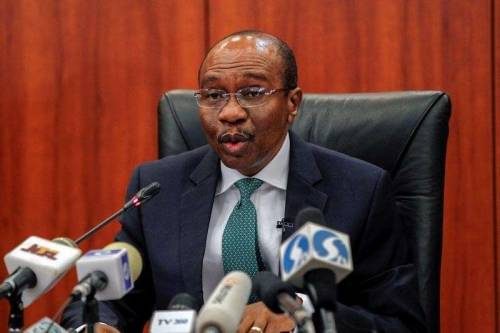In order to accelerate the Federal Government’s commitment to make 80 per cent of adult Nigerians gain access to financial services, the Central Bank of Nigeria (CBN), has mandated Microfinance Banks operating in the country to get 64 new customers every month.
The CBN disclosed the target in a circular passed to all microfinance banks on the revised National Financial Inclusion Strategy (NFIS) targets.

According to the apex bank, the 64 new customers target translates to 774 new bank accounts (measured by new BVN registration) per branch per year.
[READ MORE: CBN to advance non-interest development finance.]
“Given the urgency of this task, it is important to cascade the target to your branches for their information and implementation,” the CBN advised the micro-finance banks.
Why this matter? Nairametrics had reported that despite the presence of 21 commercial banks, 942 microfinance banks, and numerous financial technology (FINTECH) and mobile money operators, Nigerians are still under-banked. A bulk of this unbanked population comprises rural dwellers, farmers and petty traders.
The CBN had set a financial inclusion target of reaching 80 per cent of the total adult population by 2020, but presently, Nigeria is not on track to meet this target which was set out in the National Financial Inclusion Strategy (NFIS) of 2012.
[READ ALSO: CBN grants La Fayette Microfinance Bank national operating licence.]
Have micro-finance banks been helpful to achieve the financial inclusion targets? The Central Bank acknowledged that in the past years of implementing the NFIS, microfinance banks have contributed immensely towards the realisation of including 80 per cent adult Nigerians in financial services.
As at the end of last year (2018), 63.2 per cent adult Nigerians were financially served, leaving a gap of 36.8 per cent adult Nigerians that needed to be included.
What you should know about NFIS: The NFIS was launched in October 2012 and revised in 2018 with the major objective of increasing the percentage of the adult Nigerians who own bank accounts and use formal financial services from the baseline figure of 46.3 per cent in 2010 to 80 per cent by 2020.






















